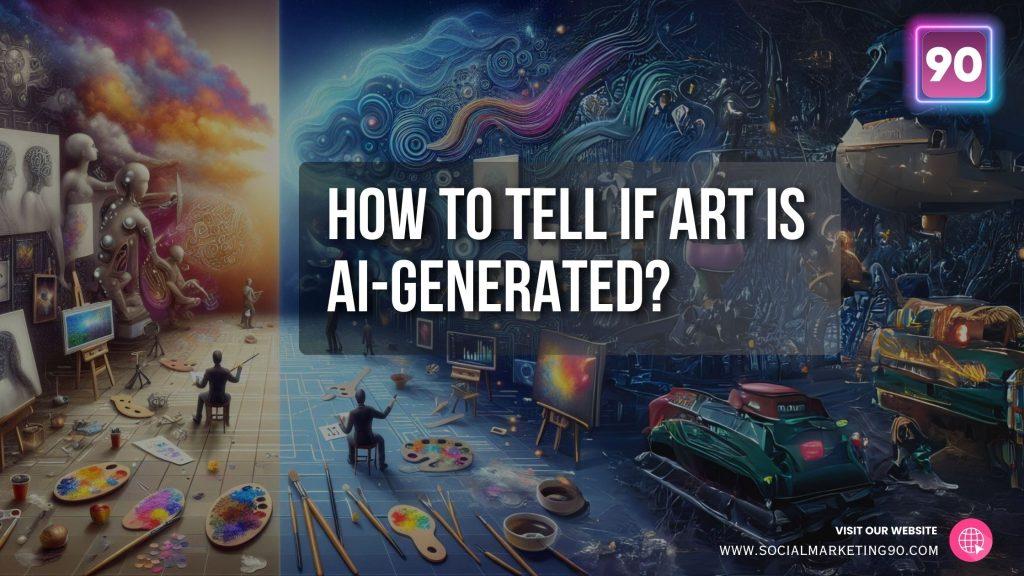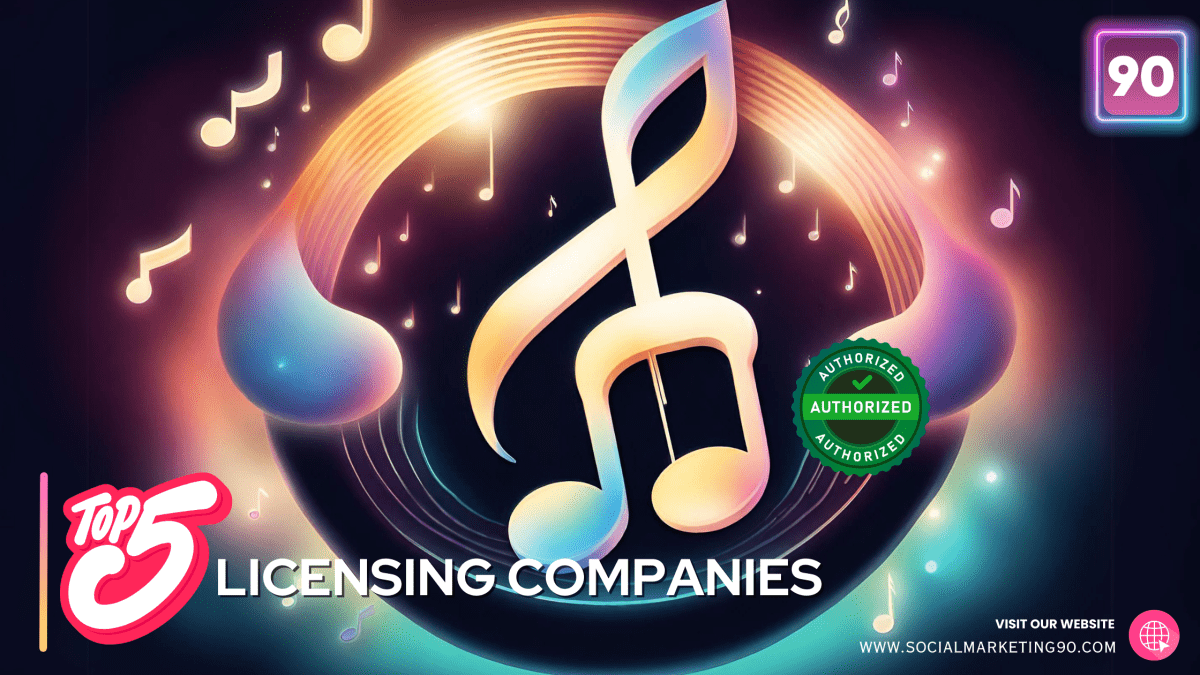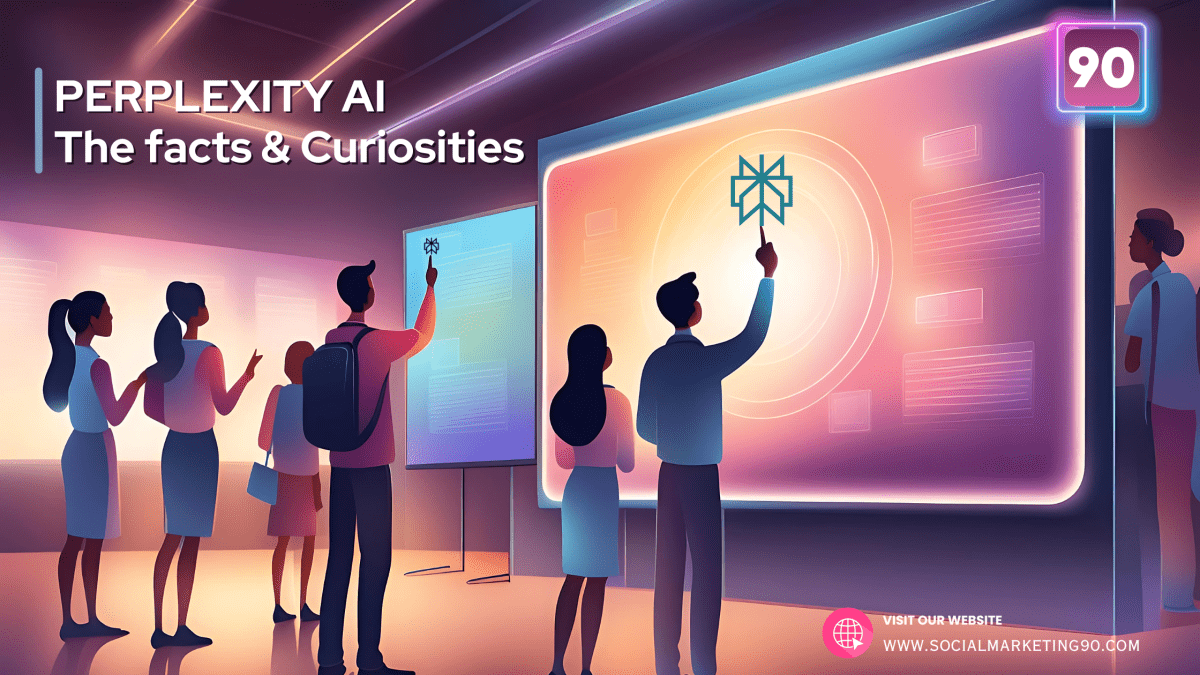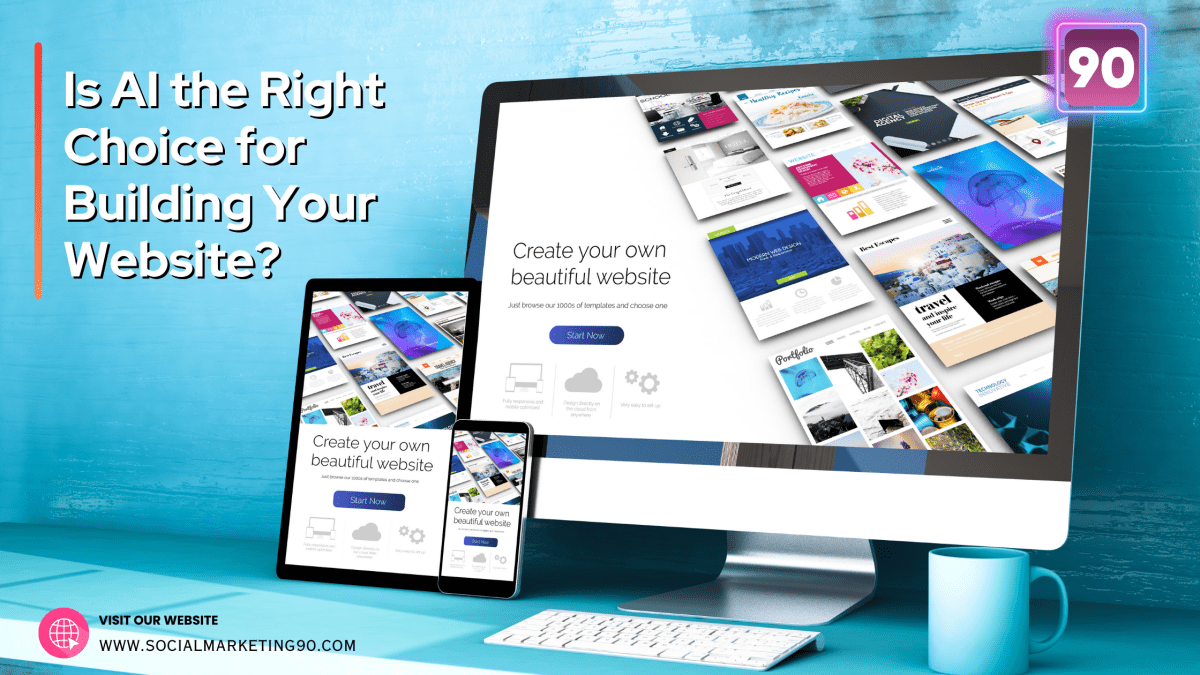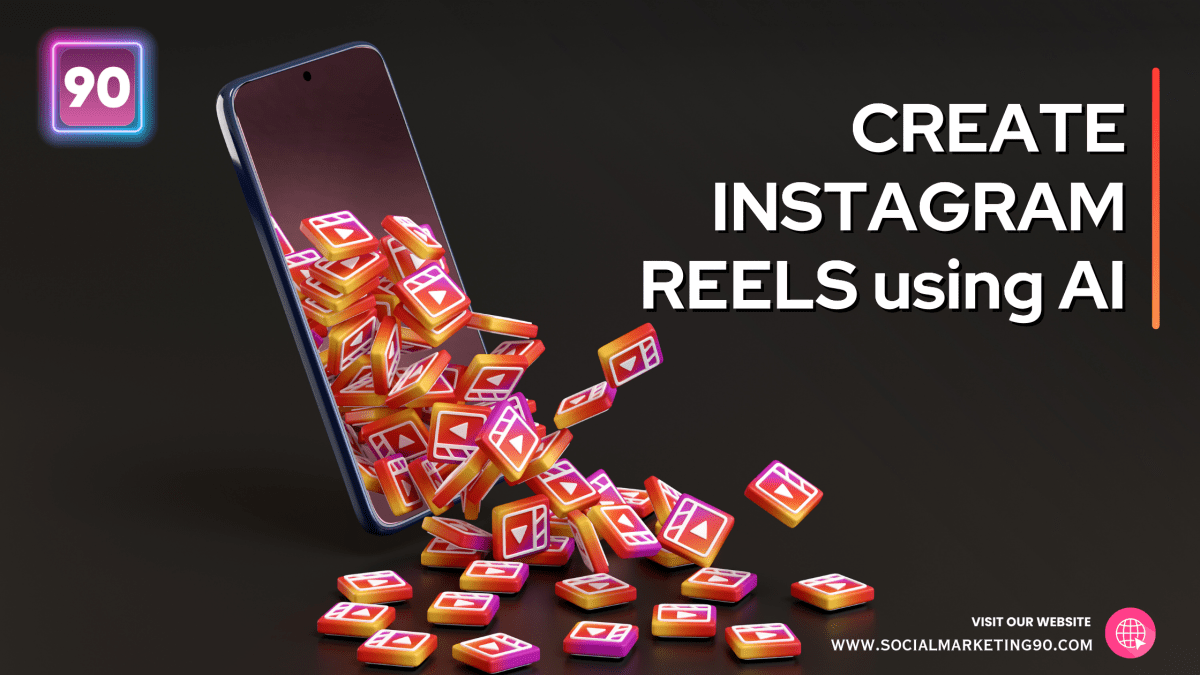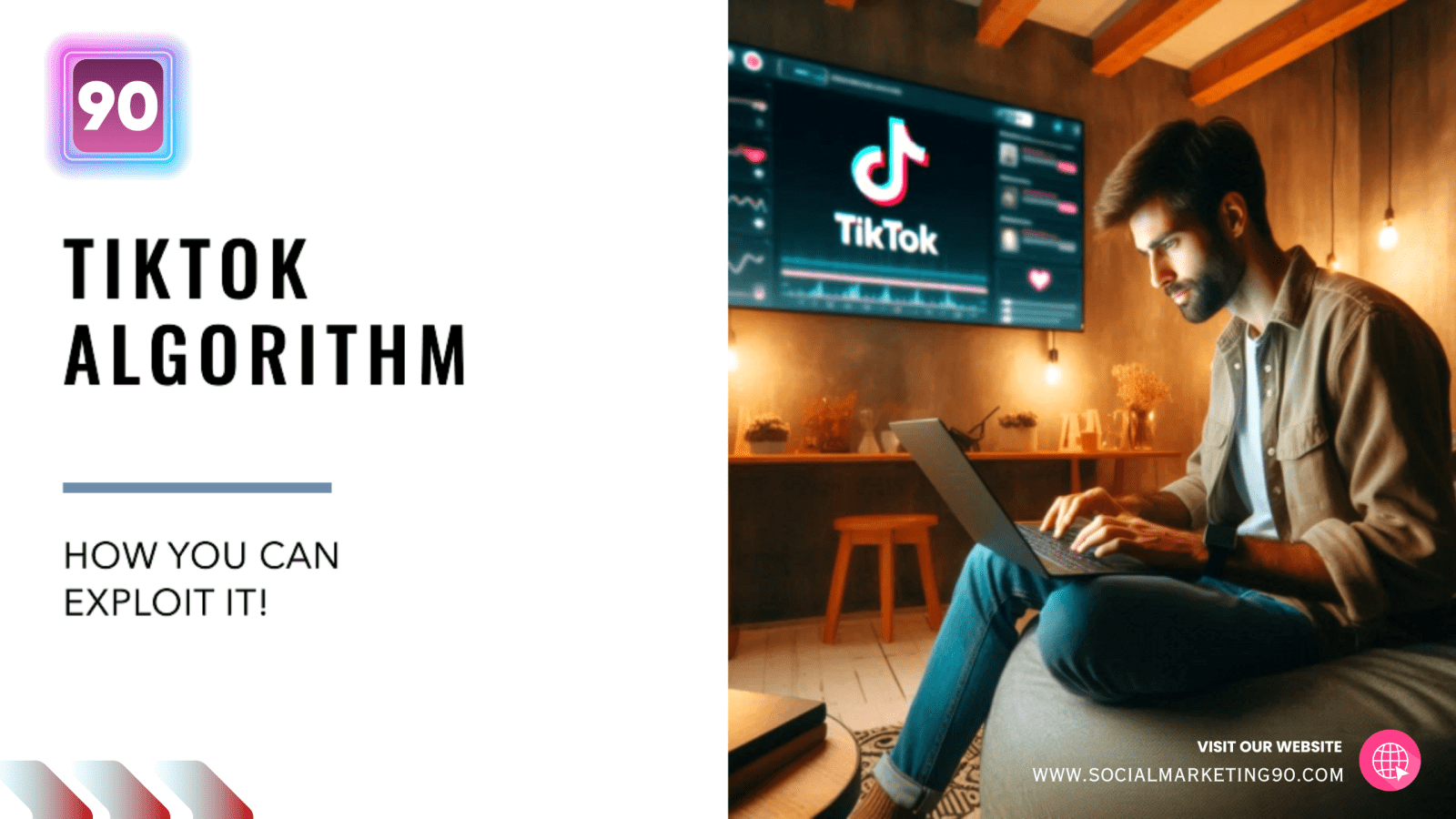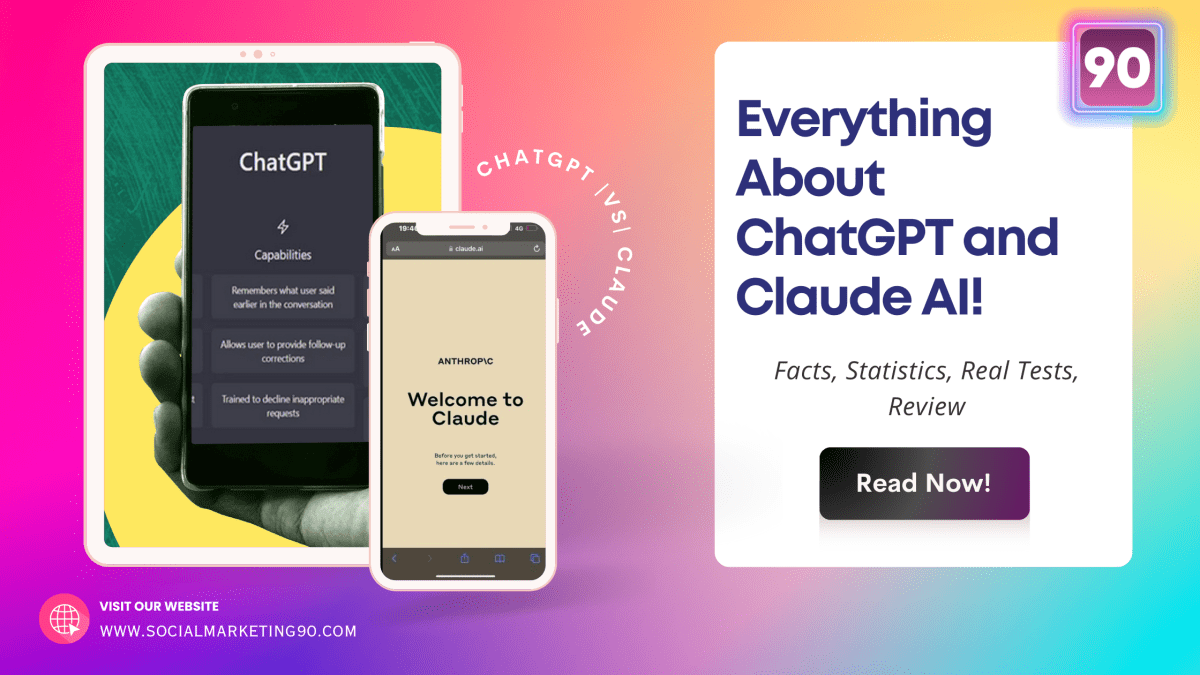Art in modern reality has gone beyond the boundaries of human imagination. Algorithms and data have become brushstrokes with which artistic ideas come to life. And the mere seconds it takes for anyone to create high-quality images can be scary!
AI-generated art is a fast-growing trend that emphasizes machine ingenuity. It is fun to describe your imagination and get AI to do the heavy lifting in record time. No one has to find an artist to paint mesmerizing landscapes, family portraits, or even abstract art worthy of display at museums.
It is fun to be able to generate an image from your thoughts. But AI-generated art threatens human creativity. This threat is why there is a need to distinguish pure human talent and machine art.
The preservation of artistic expression and the protection of authenticity and real value make it vital to identify AI-generated art. It is also to ensure that this growing trend does not threaten the livelihood of creative artists and the investments of art collectors.
In addition, consumers should be able to tell the difference between reality and virtual creativity. Imagine finding pictures of AI-generated people and assuming they are real. There are no limits to the evil such images can cause. It becomes even more dangerous as AI image generators are available at every fingertip.
Unfortunately, discerning AI-generated art is no walk in the park. Some of these images are fake, with their otherworldly qualities. Others mimic human styles with remarkable accuracy.
This guide explores some of the best ways to tell the difference. It also shares advanced techniques and tools to determine whether art is real or AI-generated.
Human vs. AI Art Creation
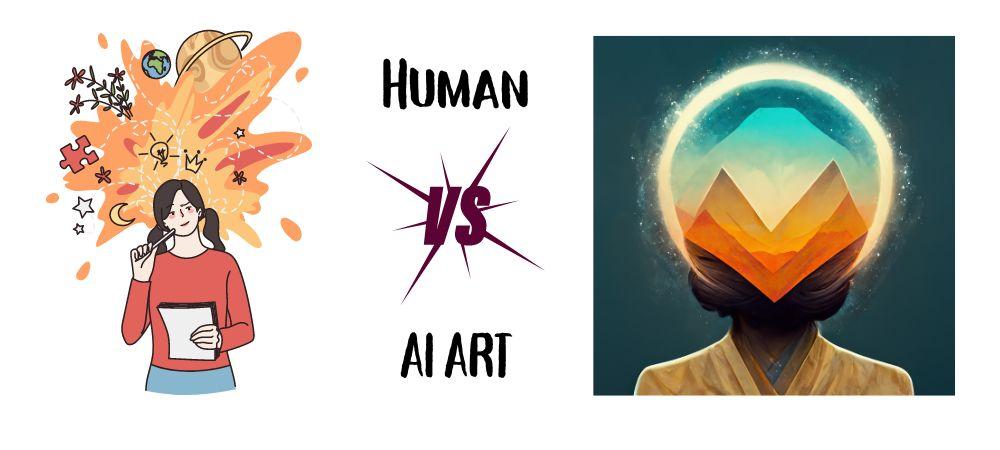
Human and AI-generated arts are visually stunning, but their creative processes differ. Artists draw from their emotions, experiences, and imaginations. They use art to express and connect with the world. Every artist has a unique style and expression embedded in their art. An art piece can tell the story of its creator and give insights into their thoughts.
On the other hand, AI-generated art lacks a lot of things that make human art unique. It relies on algorithms and analysis of existing patterns to create. It generates images from information and trends available and leverages these resources to create new pieces. So AI draws on existing creations to create new art, nothing novel or raw. Additionally, AI-generated art can copy an artist’s work or style. But it cannot replicate the emotions embedded in the human art.
AI art differs by technology models. Each model creates art in different styles, some more life-like than others.
The Generative Adversarial Networks (GANS) generate highly creative images closest to original, novel art. These networks pit two AI models against each other. One AI model generates an image, and the other distinguishes the image from human art. The result is an astounding closeness to human art. However, some features of such art would still give it away as AI-generated. This model tries to replicate human art by copying its style. It then attempts to replicate the style in new art. This style can be from a particular artiste, like Picasso. The result will be an image with similar features to Picasso’s existing art.
The predictive models analyze data to determine the qualities of great art. They can apply the good qualities in their creative process. The result is outstanding but lacks the human imperfection. Similarly, fractal art models use mathematical formulas to create patterns. So, these patterns are usually repetitive.
All of these models are incapable of creating personal expressions. Human data is required, so AI-generated art does not represent originality. However, it is no less visually stunning.
Key Indicators of AI-Generated Art
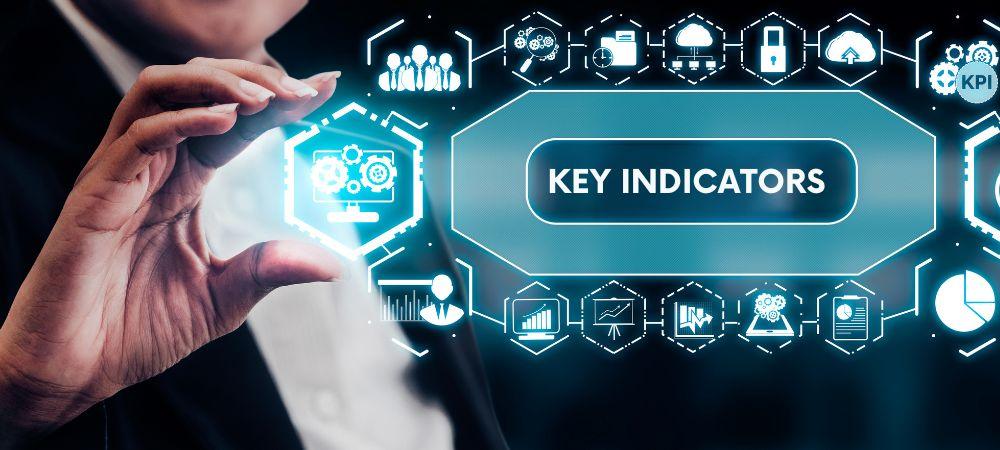
Distinguishing between human and AI-generated art can be an exciting detective game. AI is rapidly evolving and is improving even in the art generation. But various signs can tell you an art piece is AI-generated.
Three main factors to consider when investigating AI-generated art are the composition, the content, and the inconsistencies. We examine these three below.
#1 Composition
AI-generated art features repetitive patterns and unnatural symmetry. Some human artists can go the extra mile to use mathematically balanced symmetry. But AI relies on it heavily and almost always uses it. The human hands are not perfect. So they cannot generate perfectly smooth lines and curves like AI does.
This results in output that looks unrealistic or too perfect to be realistic. The images often also lack human expression. Their flawlessness makes them emotionless.
In addition, most human artists value identity. That is why they strive for consistency in their artwork. Humans express their individuality in the brushwork, texture, and lighting. AI does not care about individuality. Therefore, it is inconsistent and often switches brushstrokes. Also, its textures are unnatural, and its light sources do not always match the scene.
#2 Content
AI-generated art can combine objects, scenes, or even creatures unrealistically. It is not impossible to find human arts pushing the boundaries of creativity. But it is uncommon and often presented logically.
AI, on the other hand, can combine these unlikely objects and does it awkwardly. If you find a landscape with nonsensical combinations that defy physical law, it is most likely AI-generated.
AI image generators also often miss out on cultural contexts and historical references. Cultural influences are reflected in human art. However, AI does not fully understand cultural variations. So, it combines different cultural expressions in a single art. Furthermore, its lack of context makes AI-generated art bland and expressionless.
AI-generated images result from data and algorithms. So, they portray stereotypical beauty standards. Men usually appear to be strong, tall, and muscular. AI images overlook imperfection and variation. So, the output becomes generic.
#3 Inconsistencies
AI algorithms can struggle with intricate details like hair, feathers, or reflections. AI art usually has blurs or distortion around these elements. Also, unintended visual elements can pop up in the most expected places.
AI-generated art also comes with mismatched shadows and highlights. These inconsistencies suggest that AI does not understand and replicate natural lighting. There is also the concern of unnatural proportions and impossible poses. AI-generated images can defy anatomical realities with parts much larger than they should be in realistic images.
Furthermore, when AI generates text as part of the artwork, it usually comes with typos, nonsensical symbols, and illogical arrangements of words. And this inconsistency is not stylistic. The intention may be to include actual texts, but the machine does not truly express through art, even in text.
However, AI technology keeps growing daily. Some of these indicators are the shortcomings of the current technology. Therefore, it is not unexpected that future AI-generated images may address these inconsistencies.
Advanced Techniques for Identifying AI-Generated Images
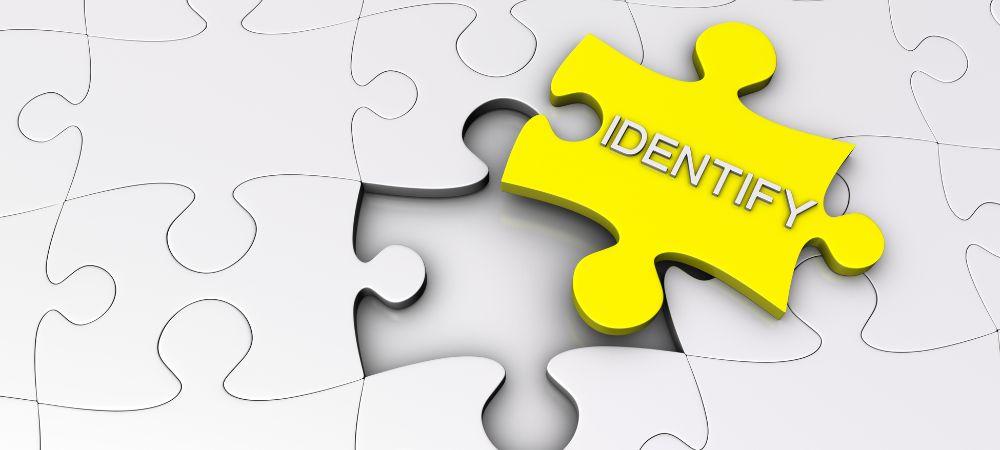
The key indicators above offer a strong starting point to identify AI-generated art. But sometimes, it requires more than a keen eye to know the source of an art piece.
The following are advanced ways to find out if an art piece is real stuff or AI-generated.
1. Analyze the Metadata
This step looks beyond the actual image you want to find out about. You can look into the metadata of an art piece to tell if it is AI-generated.
Check the titles, descriptions, and tags embedded in the artwork. Some keywords can easily give the source away. For instance, keywords like AI-generated, GAN-created, or similar words indicate AI-generated pieces.
Additionally, some images have meta titles from the prompts they come from. For example, an image title can be ‘A pencil drawing of a young boy drawing water from a well, a farm is in the background, the clouds are dark and thick.’
Such descriptions often tell AI art generators what to produce. Then, the image output takes the prompt as a title for the image. Images with such titles are likely AI-generated.
2. Investigate the Artist’s Background
You can research the artist’s website, portfolio, or online presence. Most artists exhibit similar stylistic elements in their works. This method requires a consistency that AI has not mastered. So, inconsistent style, subject matter, and composition across an artist’s portfolio can suggest AI involvement.
Additionally, some artists admit to using automation and AI to produce their work. A little background check can answer a lot of questions.
3. Join Art Communities
Join online art communities. Some of these communities dedicate time studying the relationship between art and technology. They share their findings and can answer your questions. You can also learn from other art enthusiasts. Additionally, you can be up-to-date about newer AI technologies for art creation.
4. Leverage Online Tools
Several online tools can detect AI-generated art. They can help identify AI-generated art. Unfortunately, they are not foolproof. Some of these tools are still under development and have their limitations. But you can always use them as a starting point, or combine them with other methods of scrutiny.
Popular online tools for checking AI-generated images include Illuminarty, Enterpix, Maybe’s AI Art Detector, Is It AI?, and AI or Not, which we briefly review in this article.
AI or Not: Your Quick Tool to Detect AI-Generated Art
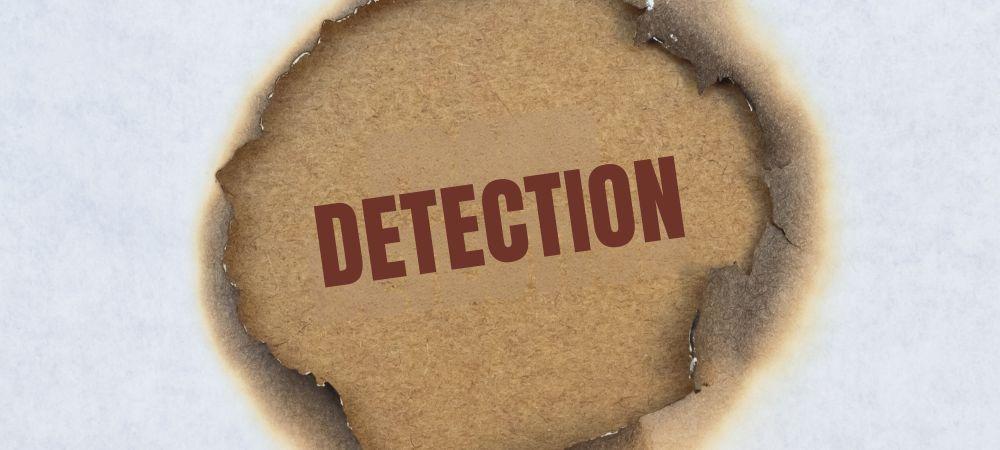
AI or Not is a web-based tool to identify AI-generated images and audio. The app tells you if an image or audio is AI-generated or human-created. It is equipped to detect art from popular AI image generators.
To use the AI or Not platform, you need an image or the URL to an image. Drag and drop the image in the placeholder or get started. Alternatively, you can paste the link to an image in the space provided for the URL.
AI or Not analyzes the the image in seconds and gives its result almost instantly. It can easily detect images by Stable Diffusion, DALL-E, MidJourney, and GAN.
AI or Not web it is free to you, but with limited functionalities. The free version lets you check 20 images on its web and 100 images using its API. You can also check 5 audios on the free version.
Other plans include basic, pro, and enterprise. The basic plan lets you check 300 images. It also allows full API check that also detects AI model and 5 audios. The Pro plan offers 10,000 image checks and 100 audios. Bigger organizations can opt for an Enterprise plan with custom pricing. This plan bills according to the volume of image checks. It also offers reseller rights and dedicated support.
How to Recognize Human Expression in Art?
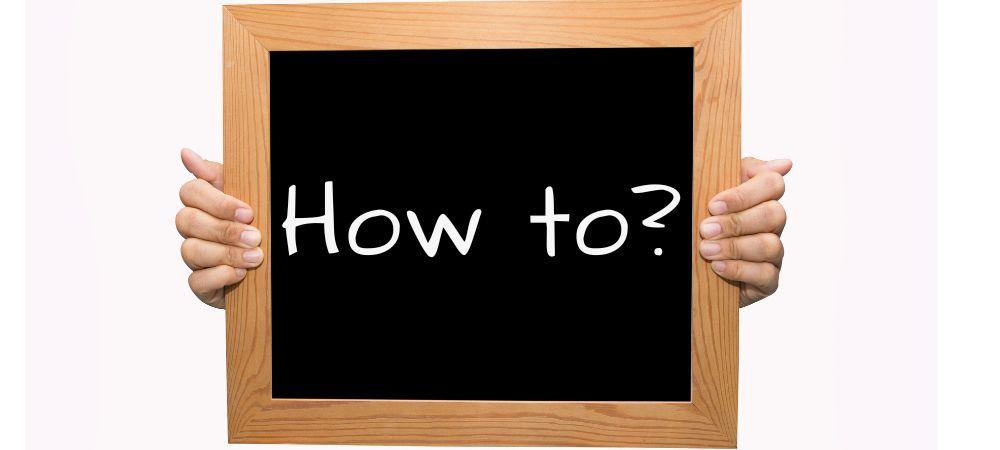
One way to know about AI-generated art is to understand human art. Sometimes, it is necessary to go beyond the technical and step into the realm of human expression.
AI capabilities are constantly evolving. Yet, the unique ability to imbue art with emotional depth, personal narratives, and symbolic meaning remains exclusive to human creativity. AI might mimic styles and replicate details but cannot capture the raw emotions that inspire human art.
One of the steps to identifying human art is to question the intention behind it. You can find this in the creator’s deliberate choices in the production. The subject matter, content, color, and brushstrokes combine to give a narrative. So it is important to read these clues to appreciate the human art.
Moreover, the rise of AI can present exciting possibilities for collaboration and experimentation. Imagine AI tools augmenting an artist’s vision, offering unique palettes, textures, or compositional ideas. This synergy can break new creative ground. But with an artist at the helm of creation, working with his raw talent, the output will still have human expression.
Wrap Up
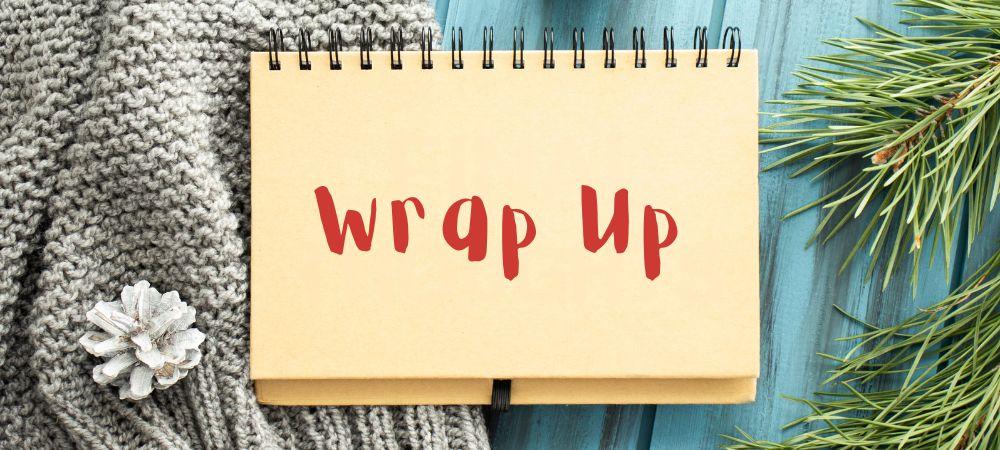
This guide examined the fascinating world of AI-generated art and how to spot it. However, this is just the starting point. The impressive progress AI-generated art has made in recent years indicates its relentlessness. As technology advances, the lines between human and AI creation may blur further.
However, it is still necessary to question and analyze art to determine its true origin. This is important for creative, cultural, and economic reasons. The ability to determine whether a piece is AI-generated from mere looks can be a perk. But it would be best to also explore other avenues like metadata, third-party tools, and online communities.

